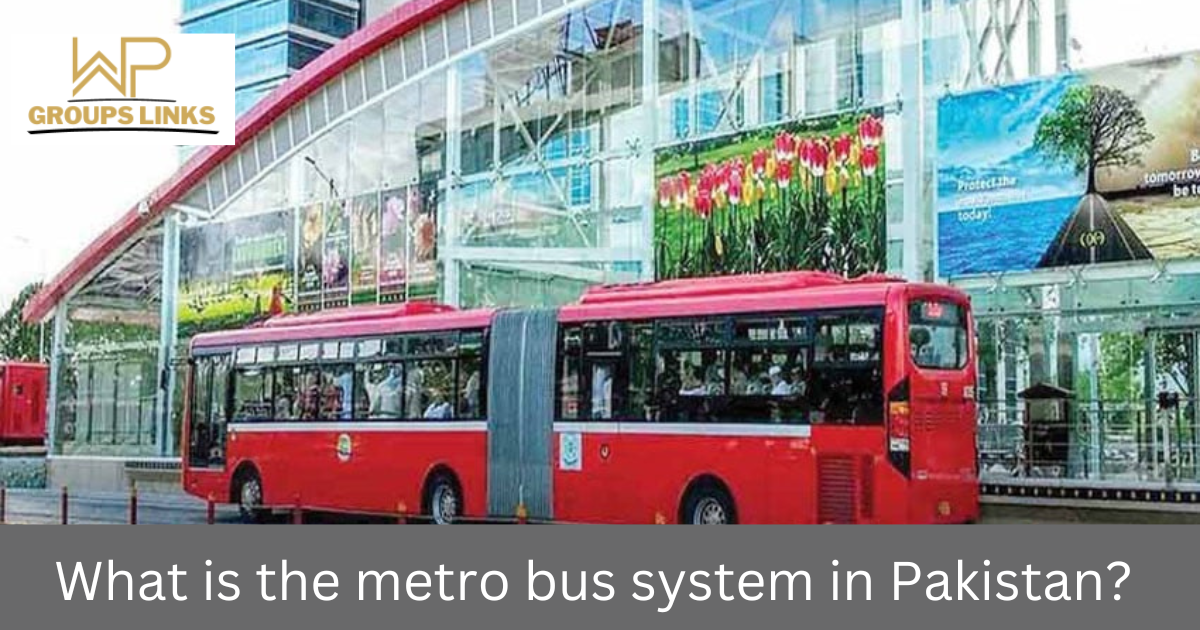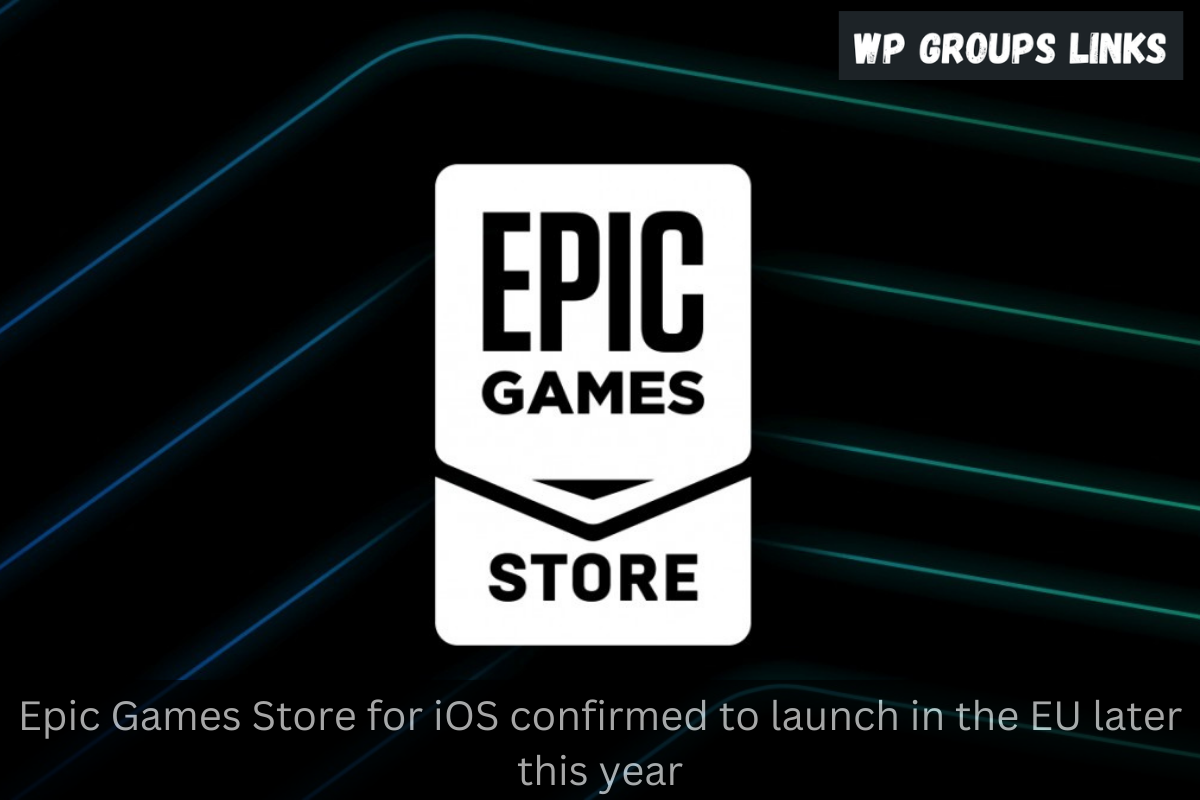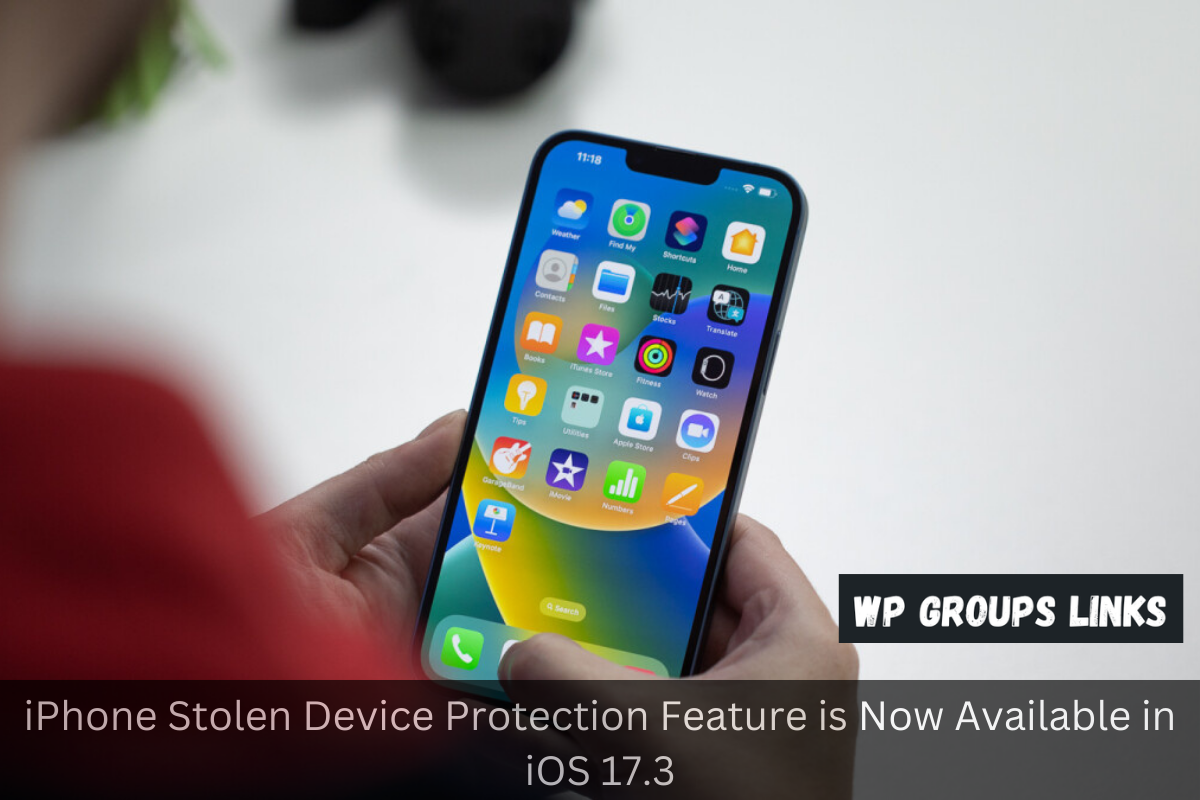Metro Bus System
The Metro Bus System in Pakistan is a modern, rapid transit system that has been implemented in several major cities across the country. It aims to provide a reliable, efficient, and affordable mode of transportation for the general public. This system has brought about significant changes in the way people travel within these cities, easing traffic congestion, reducing travel time, and enhancing overall connectivity. This article will explore the Metro Bus System in Pakistan, its history, benefits, challenges, and future prospects.
Historical Background:
The concept of a Metro Bus System in Pakistan was first introduced in Lahore, the capital city of the province of Punjab, in 2013. The project, known as the Lahore Metro Bus System (LMBS), was initiated by the Chief Minister of Punjab, Shahbaz Sharif. It was aimed at addressing the growing transportation needs of the city’s rapidly increasing population.
Implementation and Expansion: The Lahore Metro Bus System was implemented in collaboration with a Turkish construction company and followed the model of Istanbul’s Metrobus system. The system consists of dedicated bus lanes, modern bus stations, and a fleet of air-conditioned buses. It covers a distance of approximately 27 kilometers, connecting important areas of the city, including commercial centers, educational institutions, and residential areas.
Encouraged by the success of the Lahore Metro Bus System, other cities in Pakistan also embarked on similar projects. The Islamabad-Rawalpindi Metrobus, also known as the Rawalpindi-Islamabad Metrobus or simply the Metrobus, was inaugurated in 2015. This system spans a distance of 24 kilometers, linking the twin cities of Islamabad and Rawalpindi. It has played a vital role in reducing traffic congestion on the main artery connecting the two cities.
Benefits of Metro Bus System:
The Metro Bus System in Pakistan has brought numerous benefits to the cities where it has been implemented. Some of the key advantages include:
Reduced Travel Time: The dedicated bus lanes and signal-free corridors have significantly reduced travel time for commuters, especially during peak hours.
Improved Connectivity: The Metro Bus System connects major areas of the cities, providing convenient access to educational institutions, hospitals, shopping centers, and business districts.
Cost-effective Transportation:
The Metro Bus System offers affordable fares, making it an attractive option for a large segment of the population. This has helped in reducing the reliance on private vehicles and mitigating fuel expenses.
Environmental Impact: By promoting public transportation, the Metro Bus System has contributed to reducing carbon emissions and air pollution. The use of CNG (Compressed Natural Gas) as fuel in buses has further minimized the environmental footprint.
Job Creation: The implementation of the Metro Bus System has created job opportunities, both directly and indirectly. It has generated employment in areas such as bus operation, maintenance, ticketing, and security.
Challenges and Mitigation:
While the Metro Bus System has brought numerous benefits, it has also faced certain challenges that need to be addressed for its sustainable operation. These challenges include:
Maintenance and Upkeep: Proper maintenance of buses, bus stations, and infrastructure is crucial for the smooth functioning of the system. Regular maintenance schedules and efficient repair mechanisms should be in place to ensure uninterrupted service.
Traffic Management:
The Metro Bus System relies on dedicated bus lanes, and proper traffic management is essential to prevent unauthorized vehicle entry. Strict enforcement of traffic rules and regulations is necessary to maintain the integrity of the system.
Passenger Safety and Security: Ensuring the safety and security of passengers is of utmost importance. Adequate measures, such as CCTV cameras, emergency buttons, and trained security personnel, should be in place to address any untoward incidents.
Integration with Other Modes of Transportation:
To maximize the effectiveness and reach of the Metro Bus System, it is crucial to integrate it with other modes of transportation. This integration allows for seamless transfers and provides commuters with a comprehensive transportation network. Some key considerations for integration included
Intermodal Connectivity:
The Metro Bus System should be designed to facilitate easy transfers between buses, trains, and other modes of transportation. This can be achieved by strategically locating bus stations near railway stations, terminals, and major transit hubs.
Last-Mile Connectivity: Providing convenient last-mile connectivity is vital to encourage the use of the Metro Bus System. This can be achieved through the implementation of feeder bus services, bike-sharing programs, and pedestrian-friendly infrastructure around bus stations.
Integrated Fare Systems: A unified fare system that allows passengers to use a single ticket or card for multiple modes of transportation simplifies the commuting process. Integration with existing payment systems, such as contactless smart cards or mobile payment apps, can enhance convenience and user experience.
Timetable Synchronization:
Coordinating schedules between different modes of transportation ensures that commuters experience minimal waiting times and smooth transfers. Real-time information about bus and train arrivals can be shared through mobile applications, electronic displays, and public announcements.
Multi-Modal Information: Providing accurate and up-to-date information about different transportation options is crucial for commuters. Integrated information systems, such as mobile apps or online platforms, can offer real-time updates, route planning, and multimodal trip suggestions.
Pedestrian and Cycling Infrastructure:
Encouraging walking and cycling as viable options for short trips to and from bus stations enhances the overall integration of the Metro Bus System. Infrastructure improvements, such as dedicated cycling lanes and pedestrian-friendly pathways, should be considered to ensure the safety and convenience of active modes of transportation.
Future Prospects and Expansion:
The success of the Metro Bus System in Pakistan has paved the way for its expansion and implementation in other cities. Currently, projects are underway in cities like Multan, Faisalabad, Peshawar, and Karachi. These expansions aim to provide efficient transportation solutions, reduce congestion, and promote sustainable urban development.
Furthermore, technological advancements can play a significant role in the future of the Metro Bus System. Integration with intelligent transportation systems, such as real-time traffic monitoring, smart ticketing, and data analytics, can enhance operational efficiency and improve the overall user experience.



